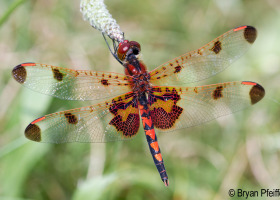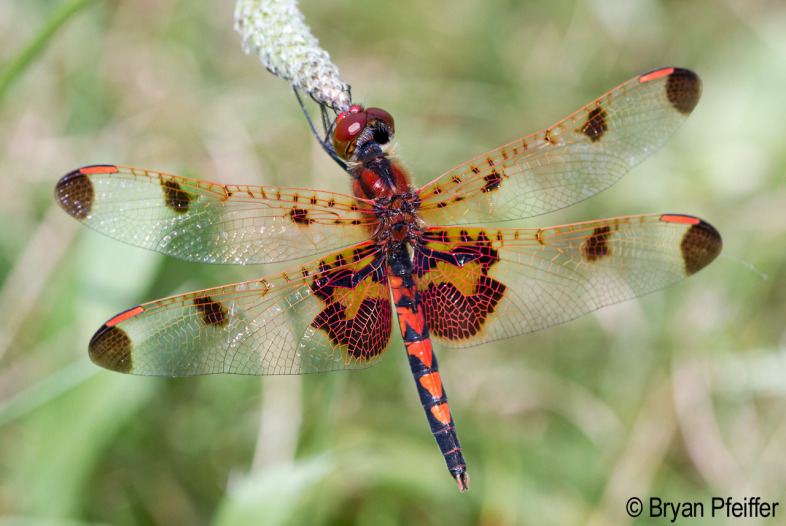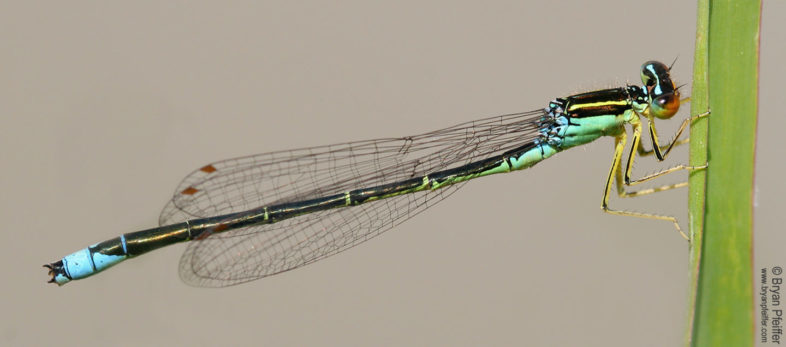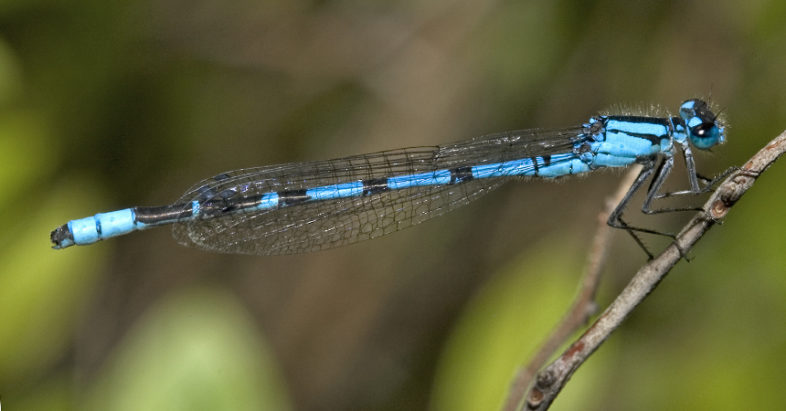Vermont Launches Public Online Atlas of Damselflies and Dragonflies
NORWICH, VT — Scientists in Vermont today launched an online atlas of damselflies and dragonflies, allowing anyone to report, track, study, discover or simply enjoy the charismatic insects.
The Vermont Damselfly and Dragonfly Atlas presents vivid photos, real-time distribution maps and written profiles for 143 species found everywhere from backyard ponds to remote bogs and swamps.
“These are some of our most audacious and powerful insects,” said Bryan Pfeiffer, a research associate at the Vermont Center for Ecostudies (VCE), a non-profit that created the atlas, “and they tell us a lot about the health of our lakes, rivers and wetlands.”
The atlas website is: http://val.vtecostudies.org/projects/vermont-damselfly-and-dragonfly-atlas/
The project begins with nearly 10,000 records of Vermont damselflies and dragonflies, dating as far back as 1891 and now assembled in the atlas’ online database. VCE urges anyone with even a casual interest to contribute their sightings and photos. “We’re making new discoveries nearly every year,” said Pfeiffer, “often from folks who are just beginning to discover and enjoy these insects.”
With headquarters in Norwich, VCE has developed a national reputation for recruiting “citizen-scientists” to monitor and map the distribution of birds, butterflies, bumblebees, reptiles and amphibians and other wildlife.
“Our goal is to map every living thing in Vermont,” said Kent McFarland, a VCE conservation biologist who runs the group’s Vermont Atlas of Life. “As audacious as that may sound, these atlas projects help us understand and conserve our state’s biological diversity — our natural heritage.”
Although wildlife biologists know plenty about the status of game species, such as white-tailed deer and wild turkey, they know relatively little about most other wildlife — except for birds because birdwatchers are meticulous about listing and reporting what they find. VCE is bringing that same tradition to the conservation of plants and animals — and now specifically to damselflies and dragonflies.
Vermont has come a long way in short time. In the year 2000, Mike Blust, a biologist at Green Mountain College, noticed that Vermont was the most poorly surveyed state in the Northeast for damselflies and dragonflies. Over the course of the ensuing decade, Blust and Pfeiffer, who at the same time was starting to investigate dragonflies, along with only a few other people, added roughly 15 species to the state list of known damselflies and dragonflies. The average number of recorded species per county roughly tripled from about 30 to more than 90.
Even so, the searching continues. “We anticipate at least 10 other species remain undiscovered in Vermont,” said Blust. “Plus, our survey efforts may be gathering evidence on the effects of climate change as more southern species seem to be moving into the state.”
Pfeiffer pointed out that birdwatchers are increasingly turning their binoculars toward butterflies, dragonflies and other insects.
“So much of what we love about birds — flight, color, grace, and beauty — we also find in damselflies and dragonflies,” he said. “Not only that, they’re killers: they catch and eat mosquitoes, black flies and other insects, even other dragonflies. So it’s beautiful — and brutal — out there.”
— 30 —
Images Available for Use
(Click on image for full resolution)




